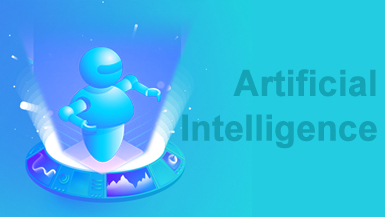
The speech recognition engine system can transliterate the real time speech of the call, analyze the recognition result semantically, extract the key fields, such as the address of the case, the time of the case, the category of the call, the level of the call, etc., and realize the functions of intelligent assistance to fill in the form and automatically determine the jurisdiction.
Mining information value in unstructured data, automatically extracting case key information, verifying data quality and intelligent address matching are important applications of artificial intelligence in intelligent emergency response by using natural language recognition technology. Key technologies and applications cover the following:
Speech recognition engine
Speech recognition engines are technologies that allow machines to understand human language through the process of recognition and understanding. Speech recognition technology is the key technology of human-computer interaction in the information technology. To solve problems encountered in speech recognition applications such as the background noise of the system, the recognition engine of the system makes speech recognizer application in complex environment have good effect by adopting advanced discriminative training methods for speech modeling based on the actual service of the collected mass voice and data of different types of background noise.
Natural language processing
Under the guidance of the service model, service computing supports such algorithm as automatic mapping according to the service scenario, calling the corresponding natural language processing, deep learning and text mining, analyzes and mines the unstructured data, outputs multidimensional service label, and converts the disorderly unstructured information to structured data , so as to meet the service requirements. The value of service computing lies in packaging and mapping the complex and constantly changing text mining algorithms based on service scenarios, and customizing different analysis and mining methods for each service.
Intelligent interactive response
Intelligent voice navigation system consists of such components as speech recognition and semantic processing components, the basic principle of the interaction is the use of speech recognition technology to the aspirations of the user name recognition processing, match different human-computer interaction process according to the results of recognition processing of translation and the combination of semantic processing results, or broadcast the final answer to the user by means of speech synthesis, so as to realize the intelligent menu navigation or human-computer interaction response.
Online supervision of service quality
Through the keyword matching technology of real-time transcriptions, automatic pop-ups provide the mood, tone, service taboos, etc. of the call-takers, and offline quality inspection function improves the service quality through the full quality inspection of the call recording, which also lays a foundation for the subsequent data analysis. During call-taking, the online supervision robot conducts quality control and real-time reminder of the service standards of the call-taker, and the shift leader monitoring interface in the background can watch the service situation of the call-taking agent in real time.